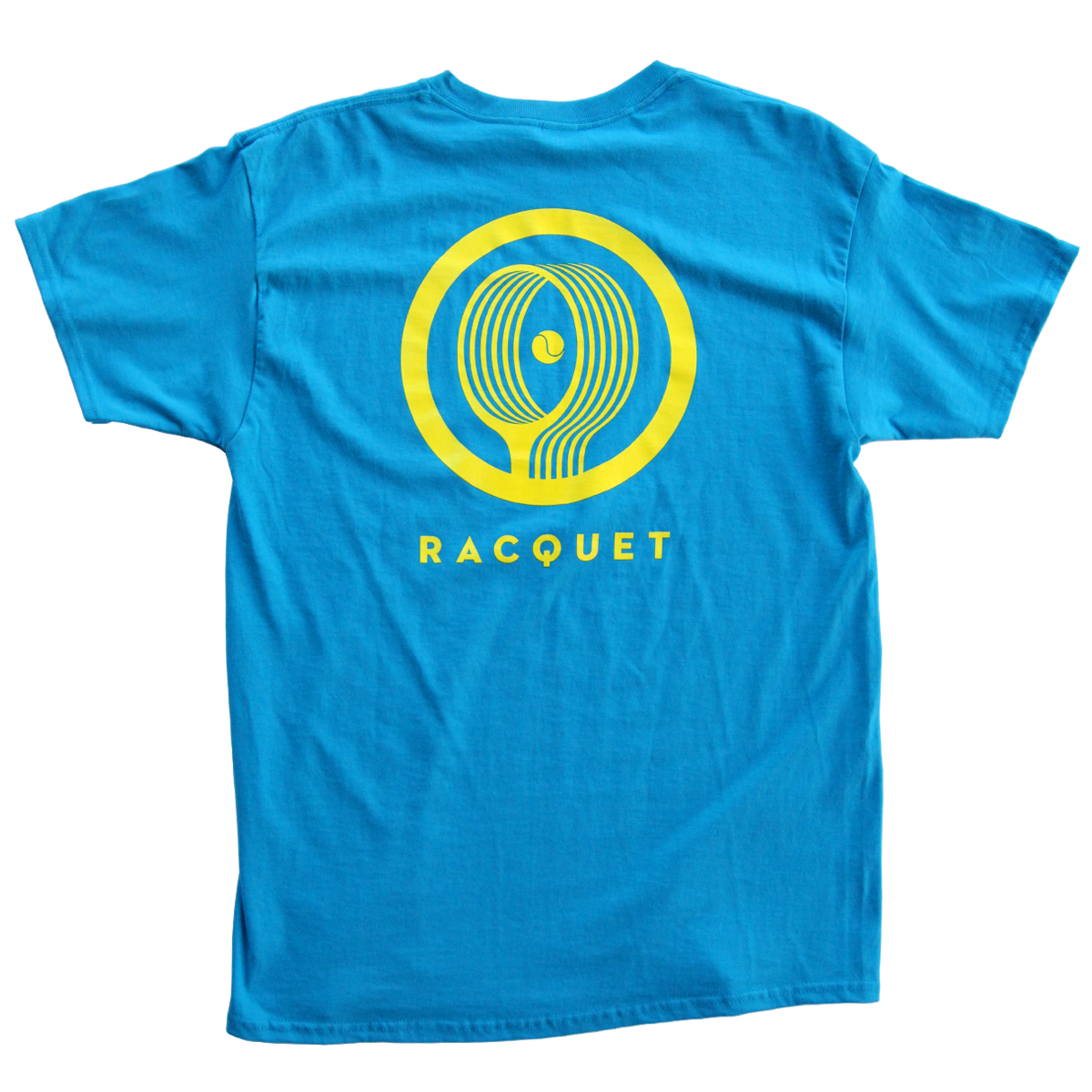By Giri Nathan
Danielle Collins has been making noise. That is not a metaphor for her excellent run at the Australian Open; I just mean she yells at supernatural volume when she plays tennis. When the pandemic subtracted fans from the stands, she did solos, stark against the silence, enough ruckus to fill the whole stadium. There exist supercuts of her outbursts: usually “C’mon,” occasionally “Let’s go,” otherwise something obscene or undecipherable. Collins is her own biggest cheerleader, and biggest detractor, though she’s been so sharp en route to the final that there hasn’t been much occasion for the latter. “I always try to be the best at what I’m doing. And if I’m not, I still tell myself I’m the best,” she said in press this week, before slipping into a witchy cackle. “You gotta believe it, right? I mean.”
It doesn’t matter that she’s never played a match of this magnitude: Collins will believe that she can beat Ashleigh Barty on Saturday. Belief in beating Barty is, at the moment, a useful if irrational belief for any player, because no one’s been able to land a scratch on the world No. 1 in weeks. Barty lost the first set she played this year, against Coco Gauff in Adelaide. She went on to win her next 20 sets in a row. Gauff broke serve in that set, but since then, Barty has served 82 games and won 81. (Only Amanda Anisimova managed to break serve, in their fourth-round matchup.) The only way she’s disappointed the Aussie crowd is by beating every opponent too badly to keep their interest. Barty is increasing the gap between her and the rest. She’s gone 52–8 over the past 52 weeks, and in that time the tour has seen the Barty recipe for dominance, many times over—pinpoint serving, all-purpose slice backhand, too much athleticism for anyone to hit through—and devised no enduring solution. If no one knows how to deal with it, Barty may well get herself a debut trophy at her home Slam.
But in 2021, Dan-yell also discovered the best tennis of her career, right after a medical gauntlet that Collins has described in precise and unsparing detail. She’d been suffering severe pain during her periods. Doctors initially just prescribed anti-inflammatories, but in time she was diagnosed with endometriosis, a condition in which tissue similar to uterine lining grows into other parts of the body. The pain disrupted not just her training and touring schedule but her basic quality of life—“I just couldn’t keep living like that”—and in April she underwent an emergency surgery, during which doctors removed, among other tissue, a cyst the size of a tennis ball. The surgery required four different incisions in her abdominal wall, which set her up for a long and careful rehab. She made it back on court for the French Open, but tore her abdominal in one of those spots during her third-round match against Serena Williams, which meant more rehab, aiming for a return at Wimbledon. She won her first match but didn’t feel mentally whole.
“I was happy to get through my first-round match, but it was also extremely frustrating because after you have surgery, you’re really scared about injuring that area. But then after having surgery and injuring that area and then coming back, you’re extremely scared of getting injured again. That was the biggest thing that I had to overcome in the last couple of months. Just being able to have the confidence that I’m not going to hurt it again,” she told WTA Insider. A spat of elbow tendonitis soon after had an unexpected perk: It took her mind off the abdomen. She learned to swing freely again. In the summer, she reeled off 10 straight matches and won the first two WTA titles of her career, back-to-back in Palermo and San Jose. Now she’s as deep as she’s ever been in a major tournament and, regardless of Saturday’s outcome, will crack the top 10 for the first time in her career. Any number of bloodcurdling “C’mon”s would be entirely justified here.
Above: “Thunderdome’s simple. Get to the weapons, use them any way you can. I know you won’t break the rules, there aren’t any.” (Jimmie48/Alamy)



